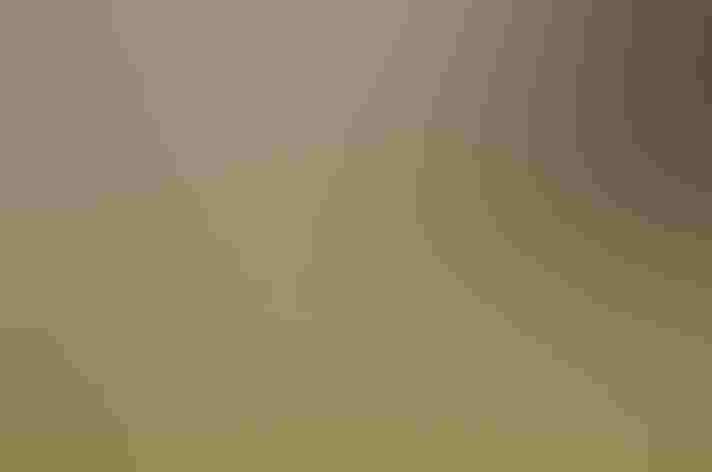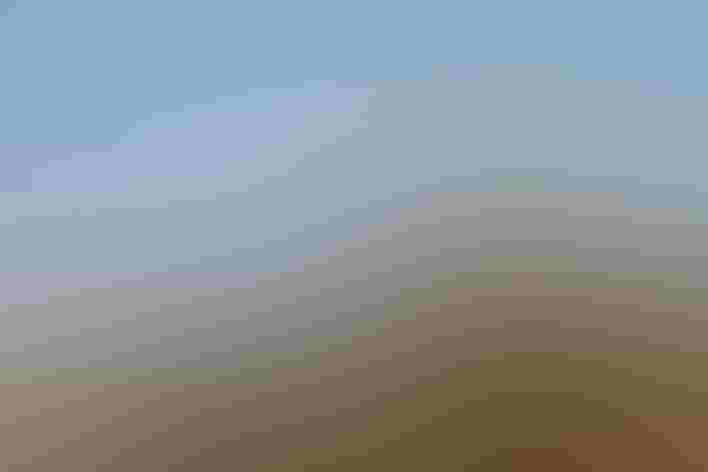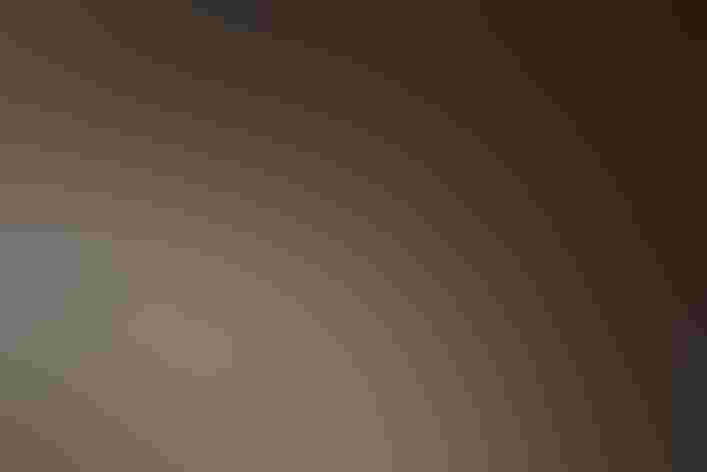Chukar
At a Glance
Native to the Middle East and southern Asia, the Chukar was brought as a game bird to North America, where it has thrived in some arid regions of the west. From late summer to early spring, Chukars travel in coveys, but they may be hard to see as they range through the brush of steep desert canyons. They become more conspicuous in spring, when the harsh cackling chuk chuk chukar of the territorial males echoes from the rocky cliffs.
All bird guide text and rangemaps adapted from Lives of North American Birds by Kenn Kaufman© 1996, used by permission of Houghton Mifflin Harcourt Publishing Company. All rights reserved.
Category
Pheasants and Grouse, Upland Ground Birds
Conservation
Low Concern
Habitat
Desert and Arid Habitats, Fields, Meadows, and Grasslands, Shrublands, Savannas, and Thickets
Region
California, Northwest, Plains, Rocky Mountains, Southwest, Western Canada
Behavior
Flushes, Rapid Wingbeats, Running, Soaring
Population
7.800.000
Range & Identification
Migration & Range Maps
Apparently permanent resident throughout North American range. On native range in Eurasia, may move downslope in some mountainous areas, or invade some deserts in winter.
Description
13-15 1/2" (33-39 cm). Bold black bars on flanks, black outline around pale throat, red bill and legs. Unlike any other North American bird, but some other Old World partridges are very similar (and are sometimes released here as game birds).
Size
About the size of a Crow, About the size of a Robin
Color
Black, Brown, Gray, Red, Tan, White
Wing Shape
Fingered, Rounded, Short
Tail Shape
Rounded, Short, Square-tipped
Songs and Calls
A loud fast chuck-chuck-chuck; various cackling calls.
Habitat
Rocky, grassy, or brushy slopes; arid mountains, canyons. Successfully introduced mainly around rocky cliffs, steep canyon slopes where winter snow will melt quickly, grassland mixed with sagebrush or saltbush. Needs cover of grass, brush; introduced cheatgrass is key element. Often in very dry country, but may require access to water unless it can eat plenty of green leaves.
Sign up for Audubon's newsletter to learn more about birds like the Chukar
Behavior
Eggs
8-14, sometimes 6-20 or even more. Pale yellow to buff, spotted with reddish-brown. Incubation typically by female only, 22-24 days. Perhaps sometimes female may lay two separate clutches of eggs, and male may incubate one while female incubates the other.
Young
Leave nest shortly after hatching. Tended by one parent (usually female) or by both; role of the male in raising young still not well understood. Young mostly find their own food. Able to fly at 7-10 days, reach full size in about 2 months.
Feeding Behavior
Feeds mostly on ground, but will climb into shrubs and trees for berries. Forages in flocks in winter.
Diet
Seeds, leaves, berries, insects. Diet varies with season. Many of major food plants are also introduced from Eurasia. Grasses provide much of food (seeds, leaves). In winter may feed mostly on seeds, such as cheatgrass and Russian thistle. Eats berries of Russian olive and other plants. Spring and summer diet includes many green leaves, insects.
Nesting
In courtship, male displays by tilting head, circling female. Both members of pair go through mock feeding movements; male may feed female. Nest site is on ground, usually hidden under shrub or overhanging rock. Nest is a depression with substantial lining of grass, twigs, feathers.
Climate Vulnerability
Conservation Status
Firmly established in some regions of western North America.
Climate Threats Facing the Chukar
Choose a temperature scenario below to see which threats will affect this species as warming increases. The same climate change-driven threats that put birds at risk will affect other wildlife and people, too.





